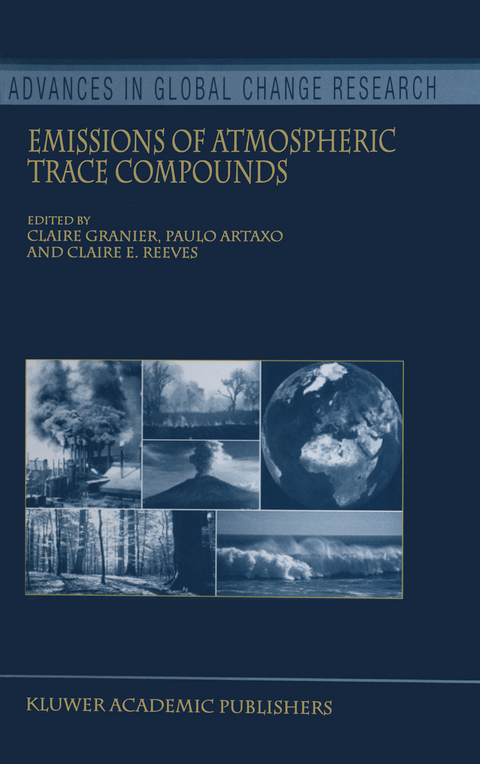
Emissions of Atmospheric Trace Compounds
Springer (Verlag)
978-90-481-6605-3 (ISBN)
Atmospheric Composition and Surface Exchanges.- Compilation of Regional to Global Inventories of Anthropogenic Emissions.- Deriving Global Quantitative Estimates for Spatial and Temporal Distributions of Biomass Burning Emissions.- Global Organic Emissions from Vegetation.- Nitrogen Emissions from Soils.- Global Emissions of Mineral Aerosol: Formulation and Validation Using Satellite Imagery.- Emissions from Volcanoes.- A Satellite-based Method for Estimating Global Oceanic DMS and its Application in a 3-D Atmospheric GCM.- Sea-salt Aerosol Source Functions and Emissions.- Use of Isotopes.- Determination of Emissions from Observations of Atmospheric Compounds.- Data Assimilation and Inverse Methods.- List of acronyms.- List of chemical species.- Color plates.- Copyright acknowledgments.
| Erscheint lt. Verlag | 18.12.2010 |
|---|---|
| Reihe/Serie | Advances in Global Change Research ; 18 |
| Zusatzinfo | 67 Illustrations, color; 143 Illustrations, black and white; 560 p. 210 illus., 67 illus. in color. |
| Verlagsort | Dordrecht |
| Sprache | englisch |
| Maße | 155 x 235 mm |
| Themenwelt | Naturwissenschaften ► Biologie ► Ökologie / Naturschutz |
| Naturwissenschaften ► Geowissenschaften ► Geologie | |
| Naturwissenschaften ► Geowissenschaften ► Meteorologie / Klimatologie | |
| ISBN-10 | 90-481-6605-5 / 9048166055 |
| ISBN-13 | 978-90-481-6605-3 / 9789048166053 |
| Zustand | Neuware |
| Haben Sie eine Frage zum Produkt? |
aus dem Bereich


